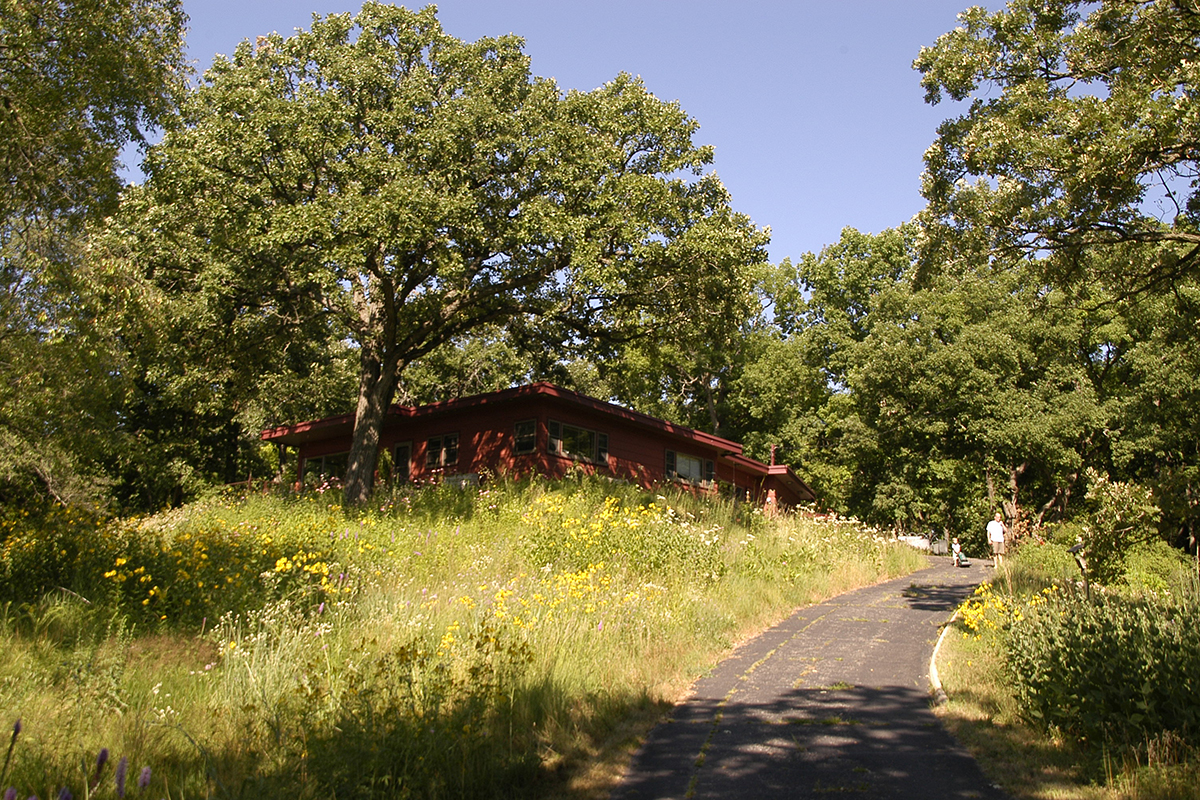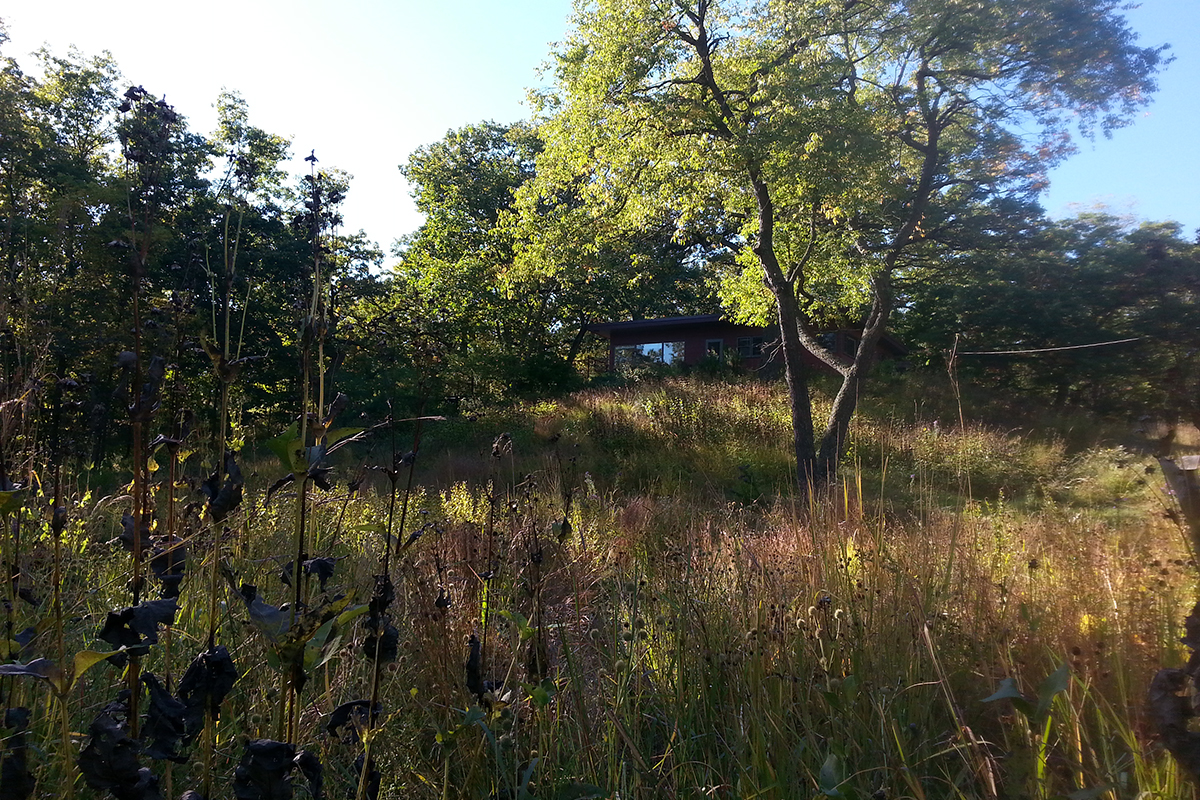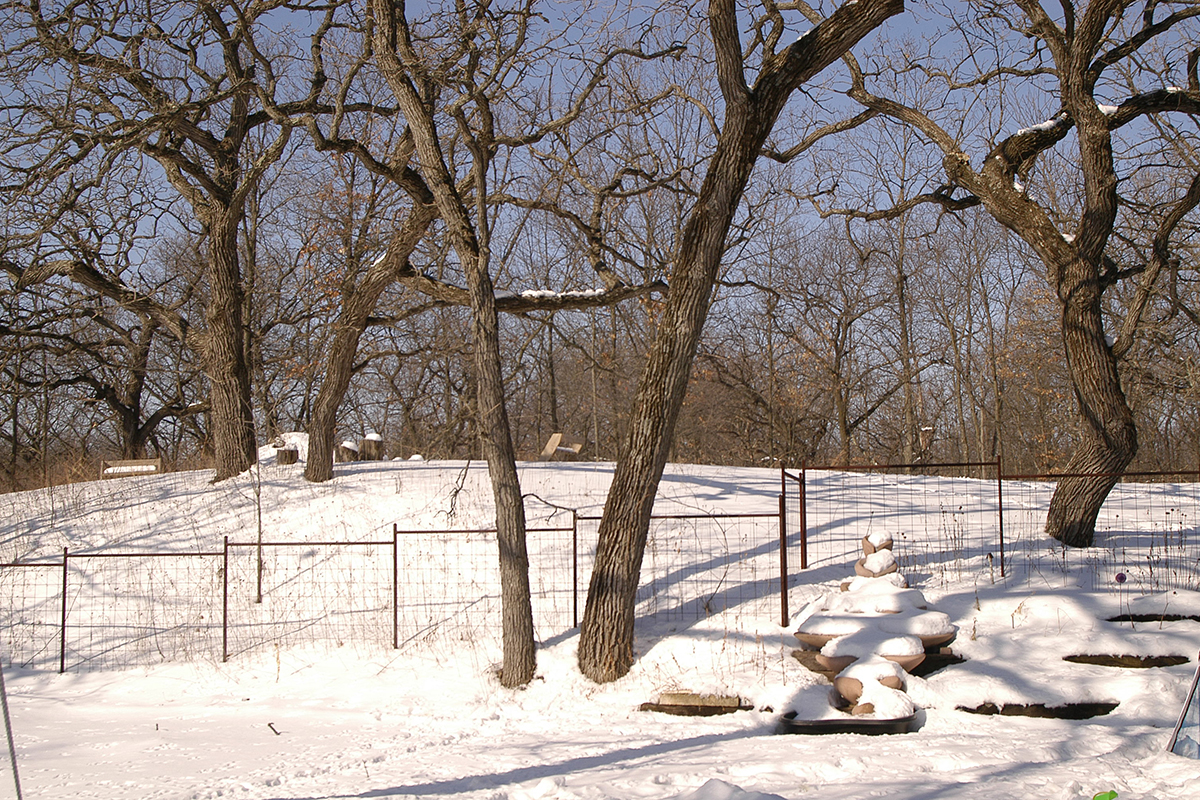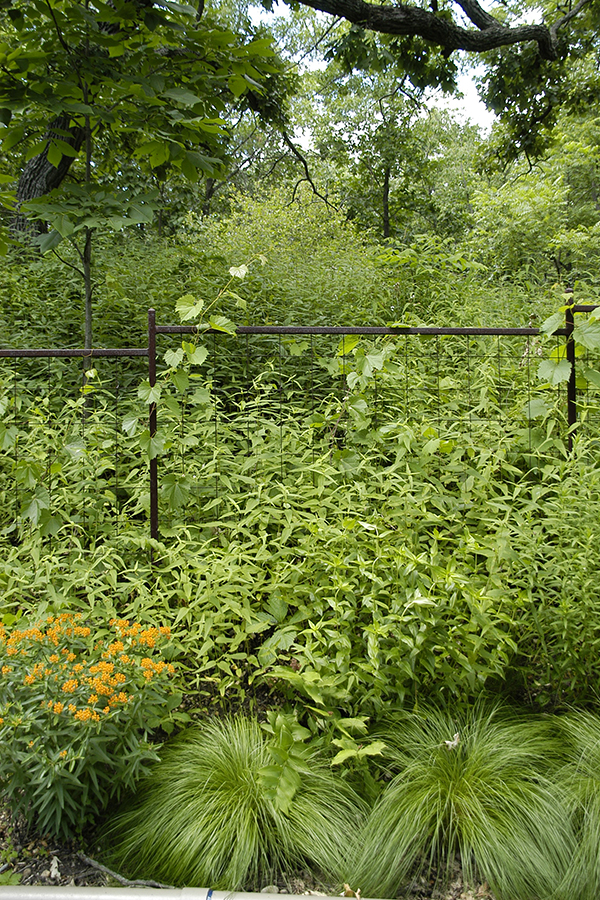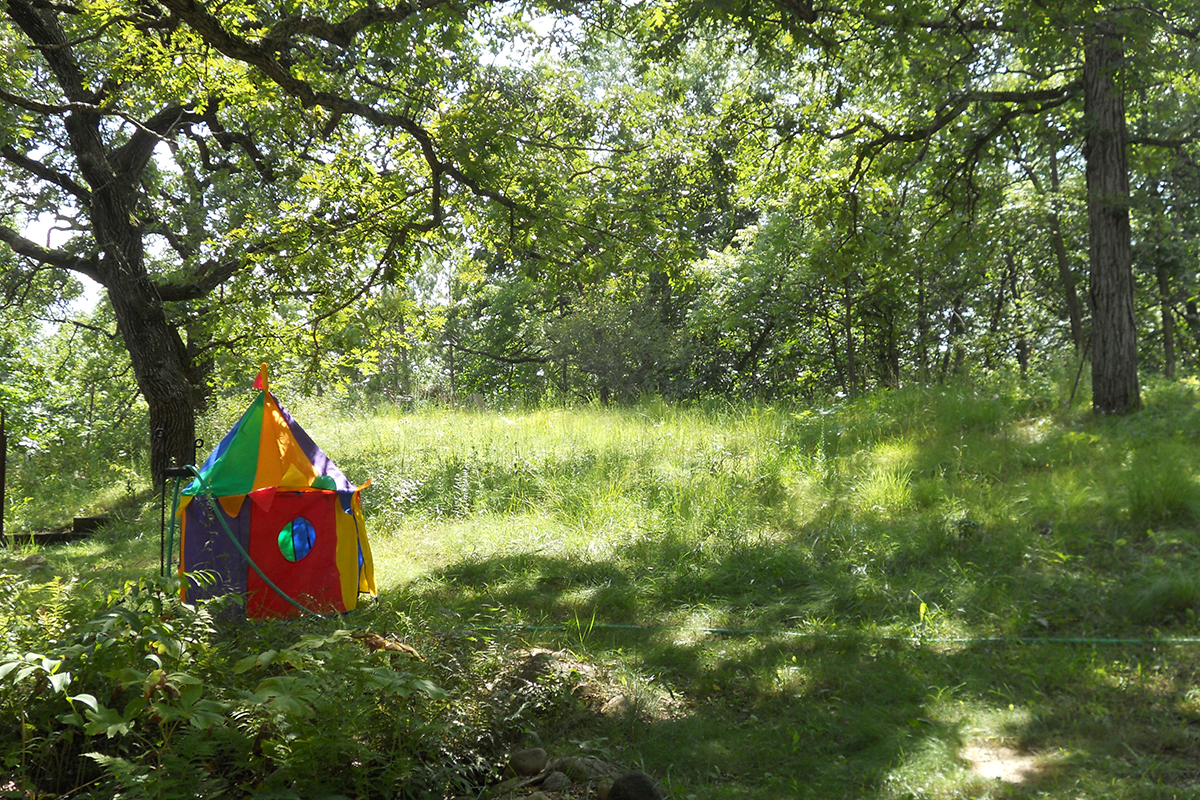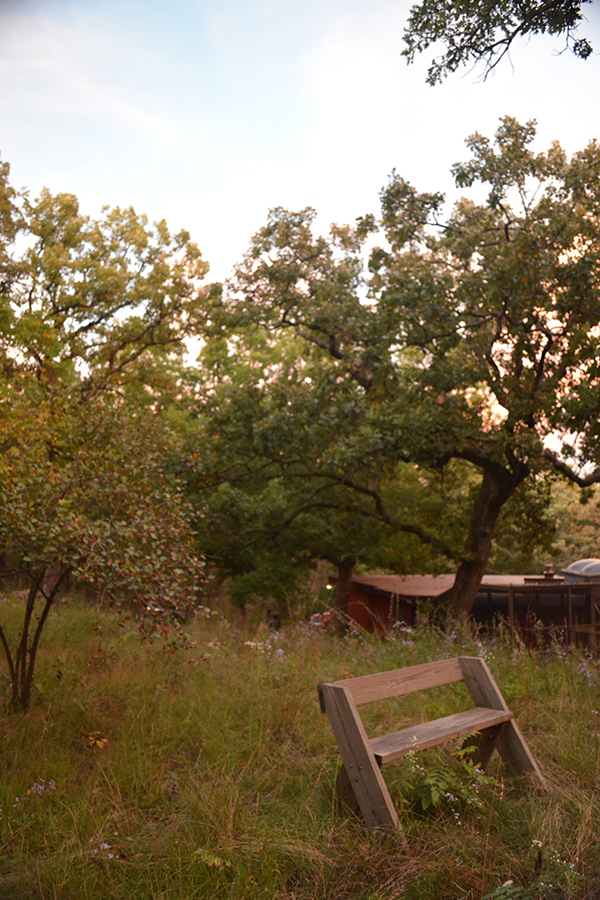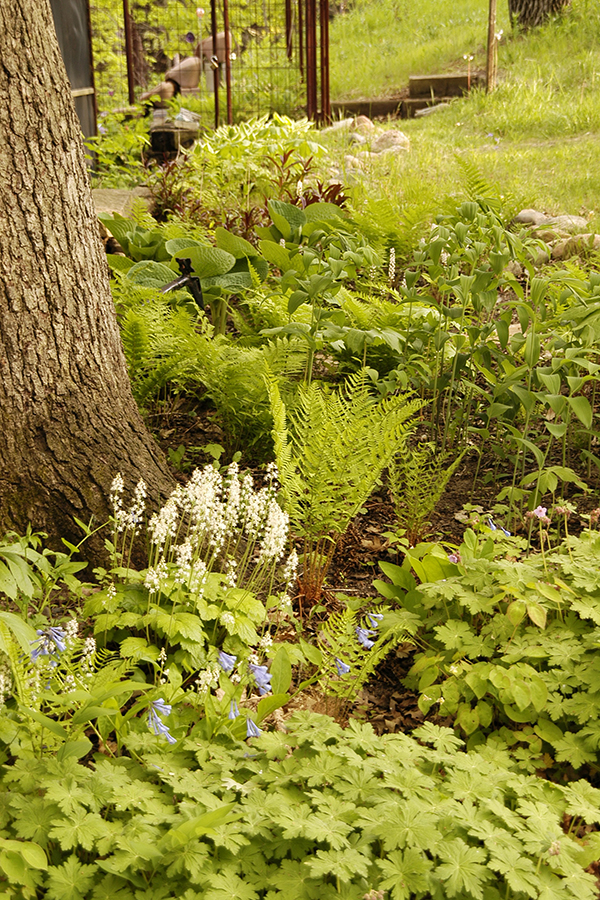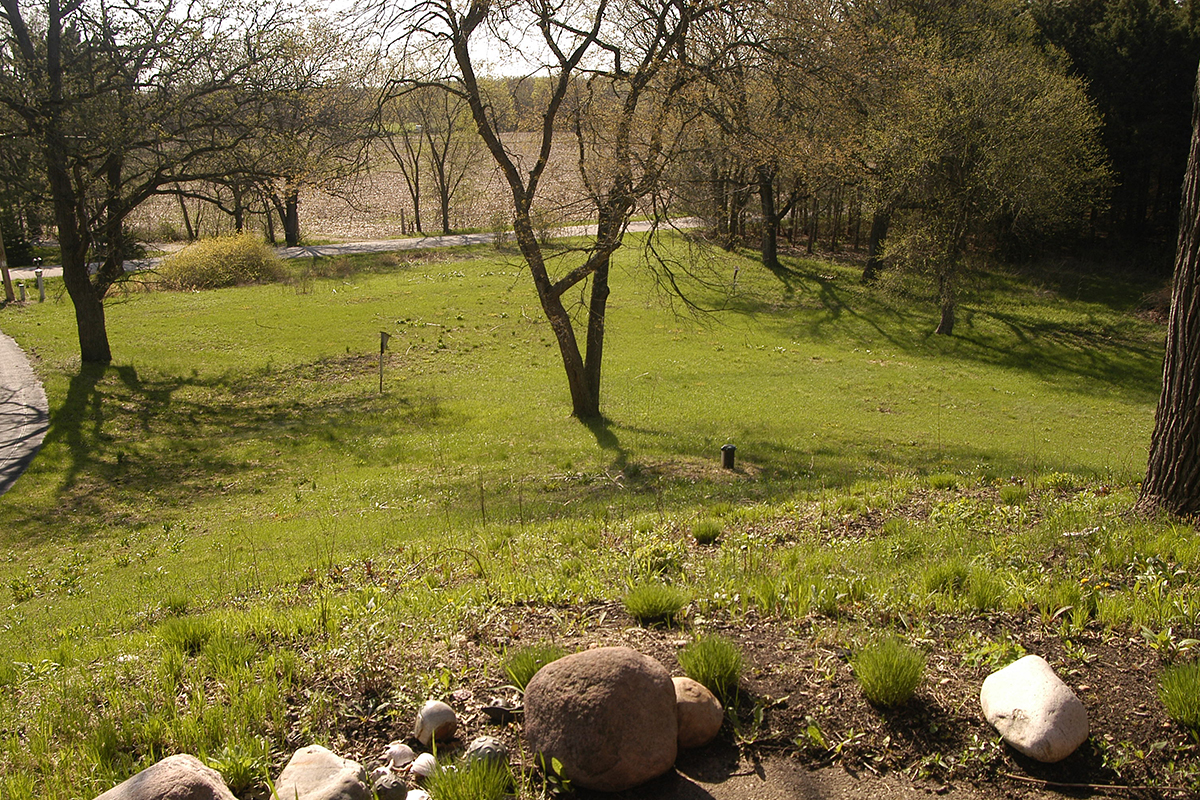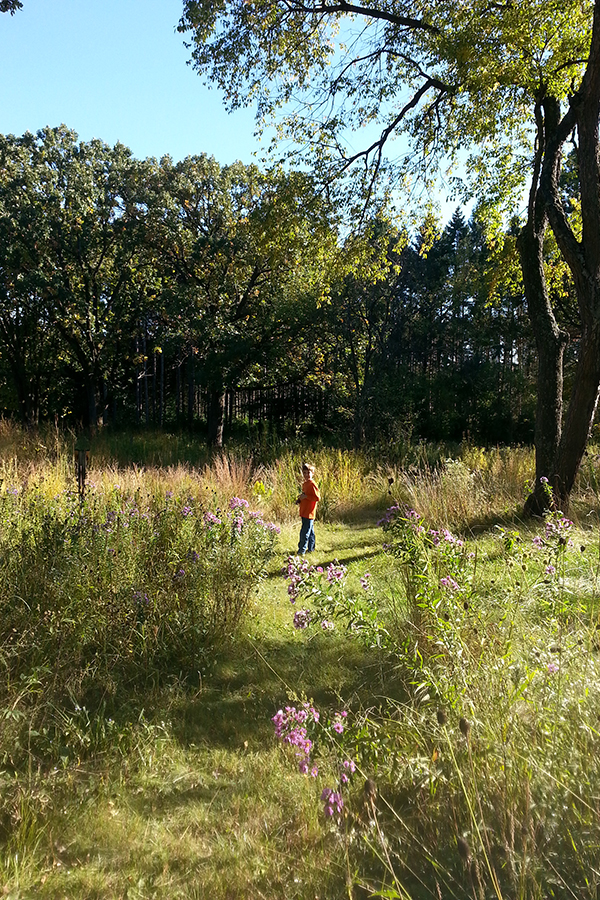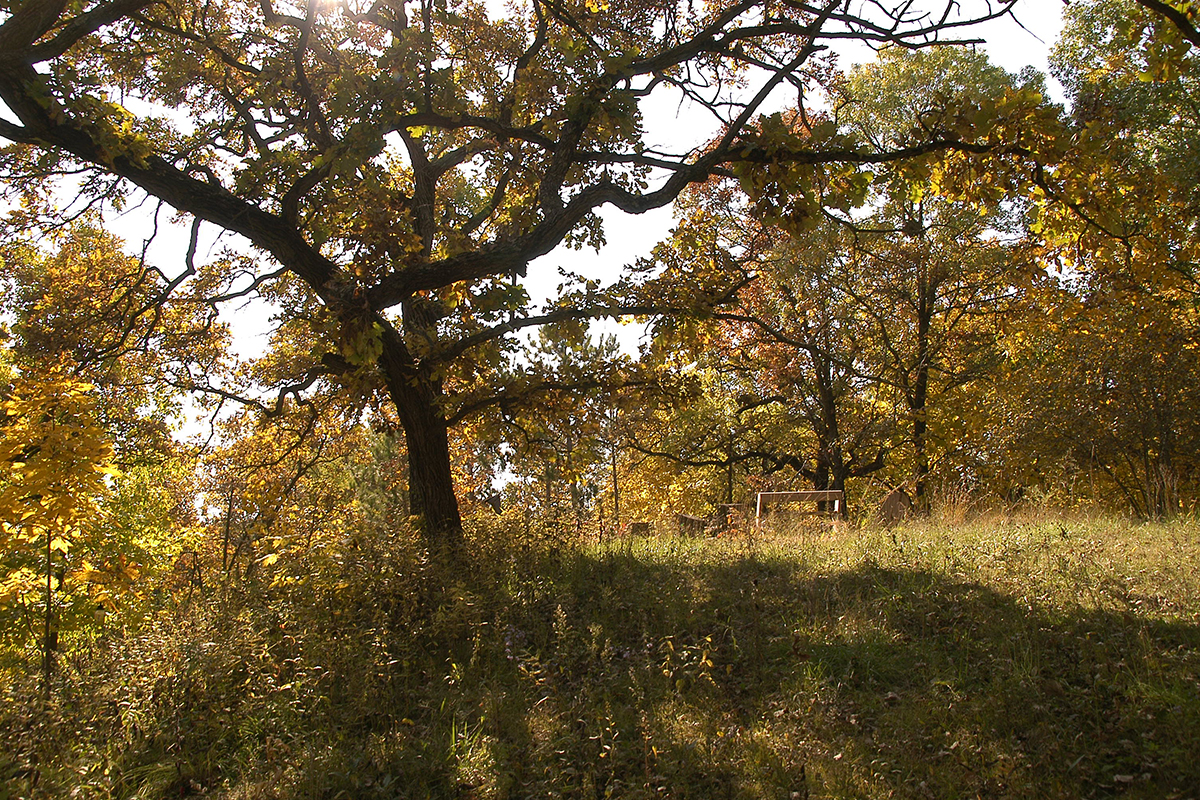Oak Savanna Private Estate
Wisconsin / 2001 - PresentLiving Habitats offers expert knowledge in applying our native flora to both cultural and natural settings. We start all our projects by inventorying and then analyzing a site’s existing natural resources, choosing to work with these valuable assets when developing restoration plans that can greatly improve the quality of open spaces.
This project includes a smaller home site parcel that is dominated by remnant oak-hickory savanna, and a larger undeveloped parcel that includes more savanna, closed woodland, wetland, ponds, and old field habitats. It is situated on ‘terminal moraine’, a geologic term for where a glacier stops and drops lots of rock and sand as it melts. The resulting topography is aggressively undulating and soils are quite rocky. Thus, the area was not completely farmed, with many remnant natural areas still somewhat in tact. In fact, several high quality native plant community remnants and rare plants were identified on this property and restoration activities have built upon this historic framework by first preserving and enhancing high quality resources.
The before images show that the home parcel had been mostly converted to turf lawn for many decades. Within those lawn areas, many native plants hung on! The owner was very interested in restoring native ecosystems throughout the property and encouraging these plantings to envelop the home. By ceasing mowing and introducing more native plants, as well as prescribed fire and invasive species control, the entire property is slowly being restored to high quality ecosystems.
Ecological restoration plans represent long term commitments with the land and there are many personal and environmental rewards to their implementation. This project site supports an impressive array of wildlife, some of which are highlighted in the images below, reinforcing how important it is for us to limit our use of traditional landscape treatments and more broadly embrace native plantings within our cultural settings. For other creatures to live well along side us, they must have decent places to live.
The steps taken to care for native landscapes are different than those for traditional landscapes, but they can be learned for those interested in actively stewarding their own landscapes, or contracted with groups who specialize in these services. Living Habitats often serves our clients as a long term resource in overseeing stewardship activities and insuring that the original restoration and design vision for the property is achieved over time.

